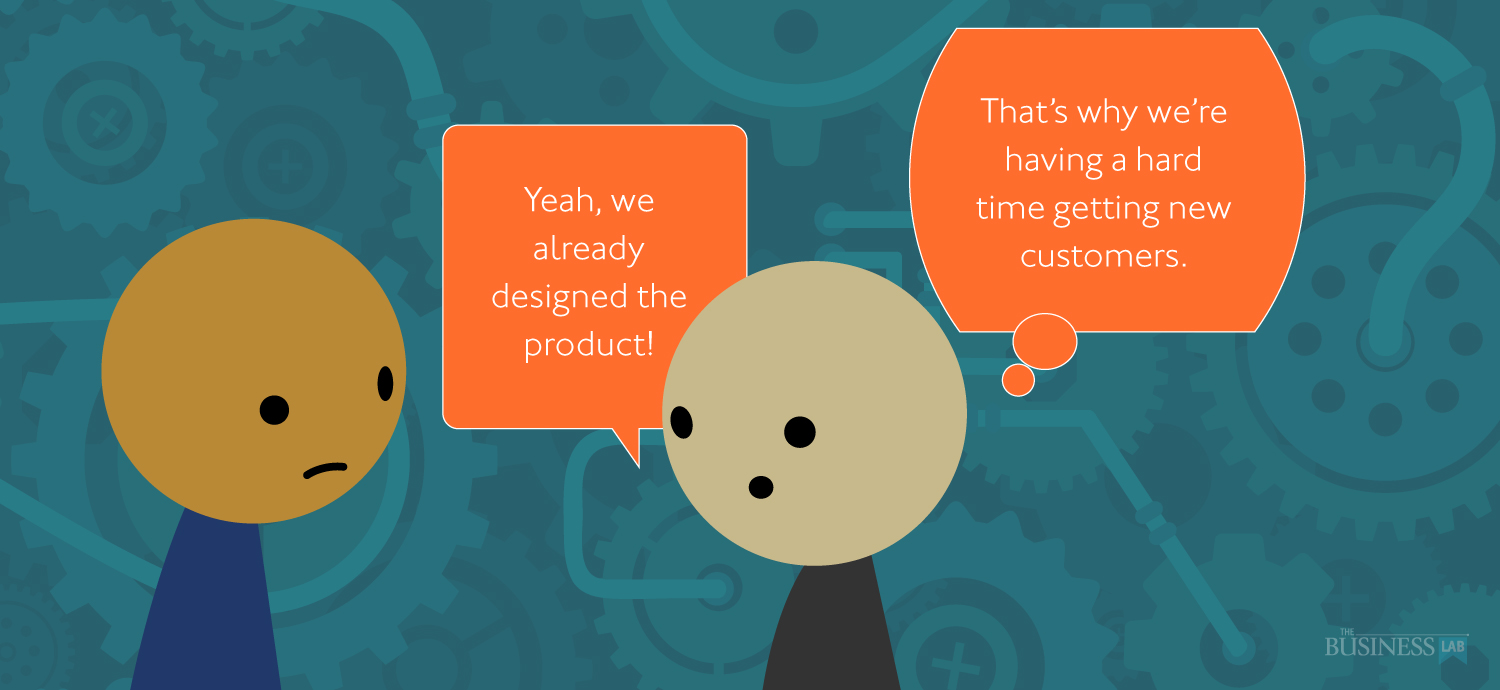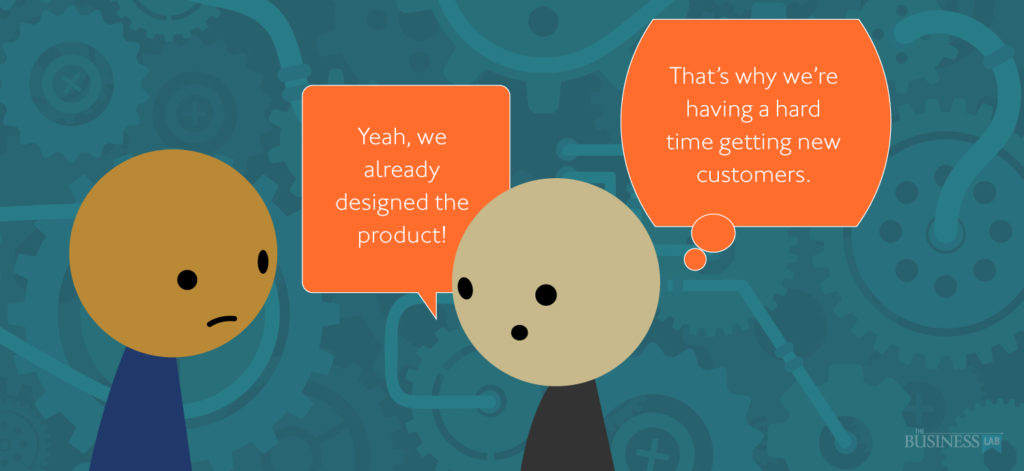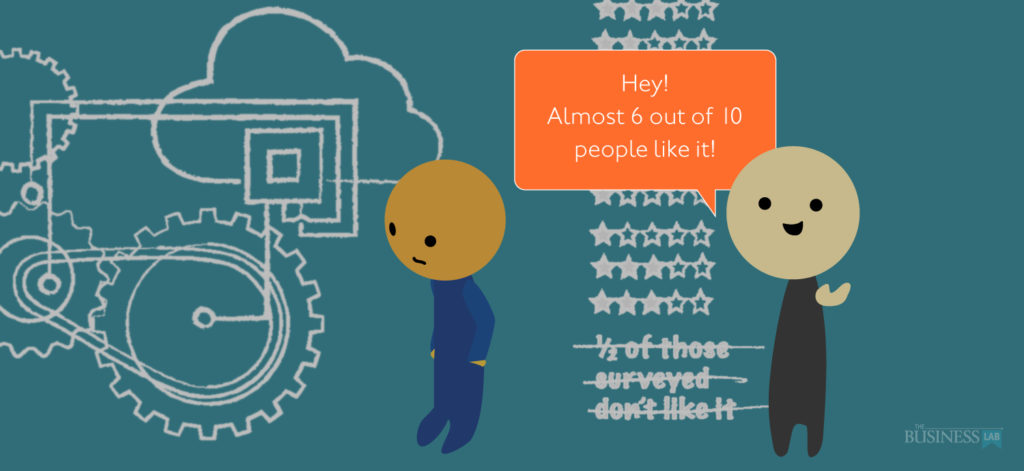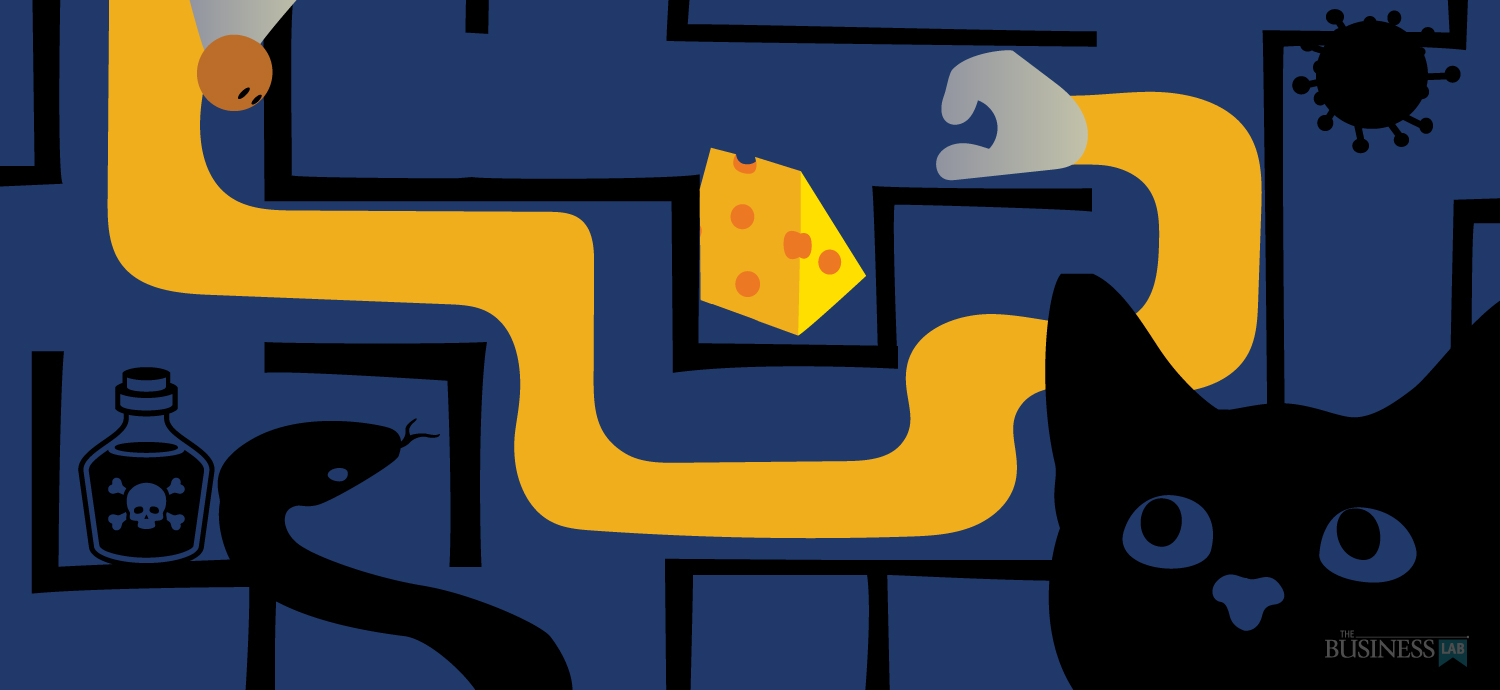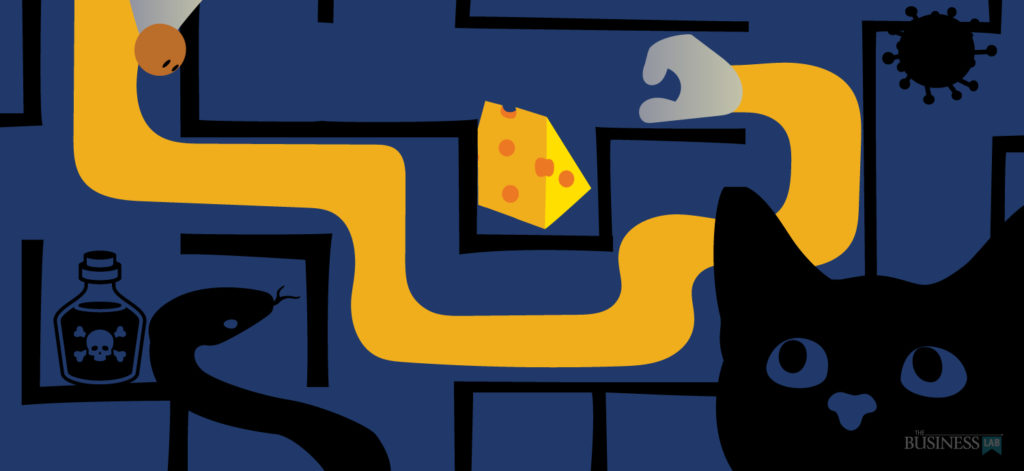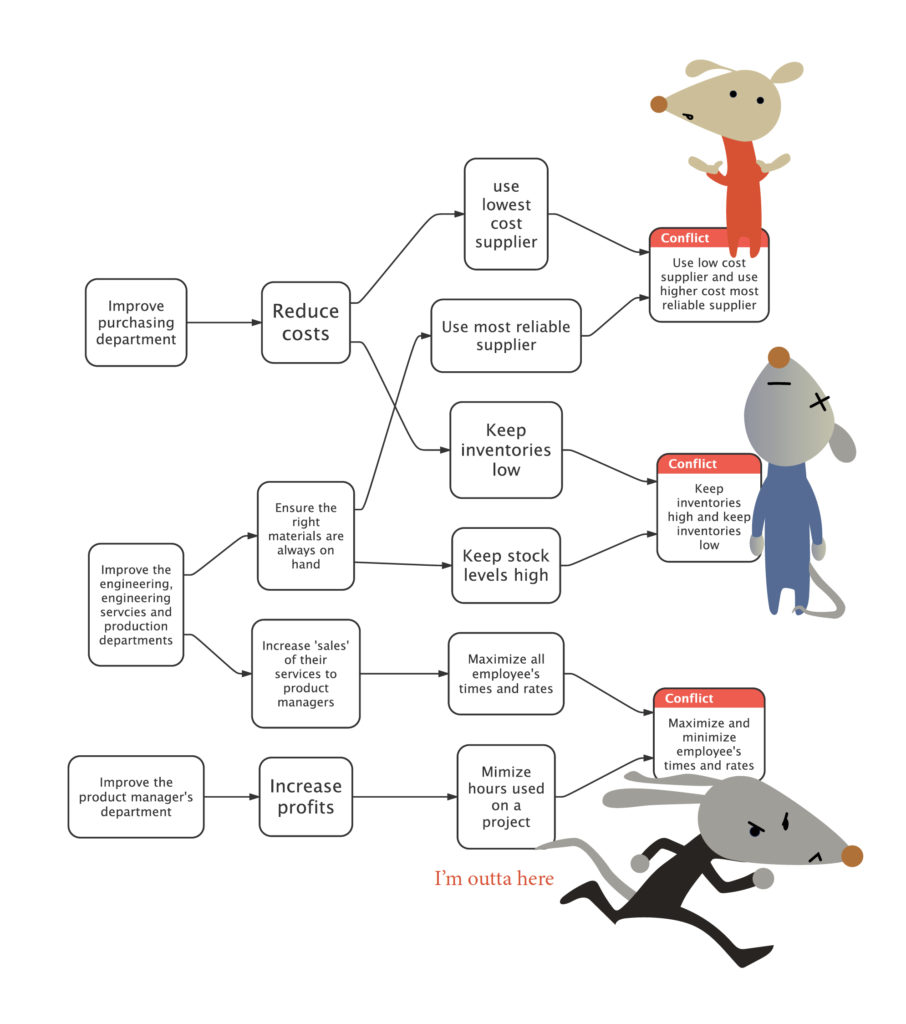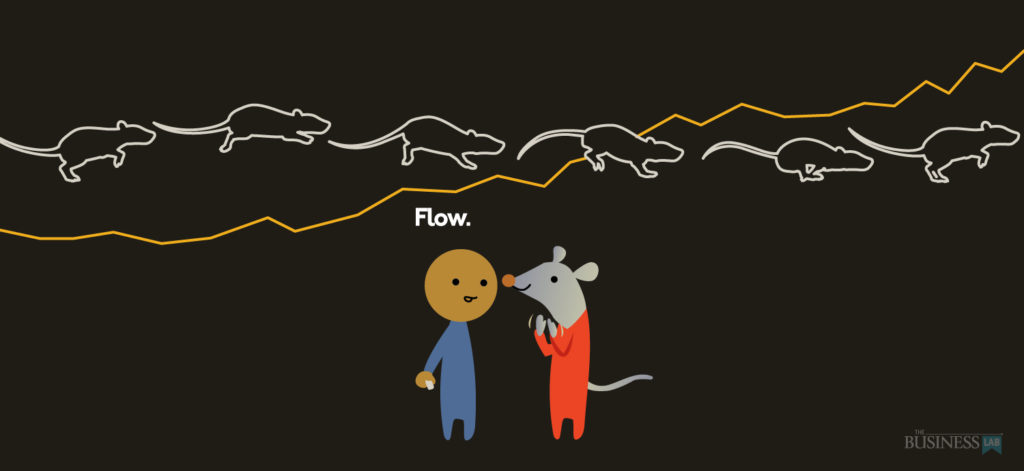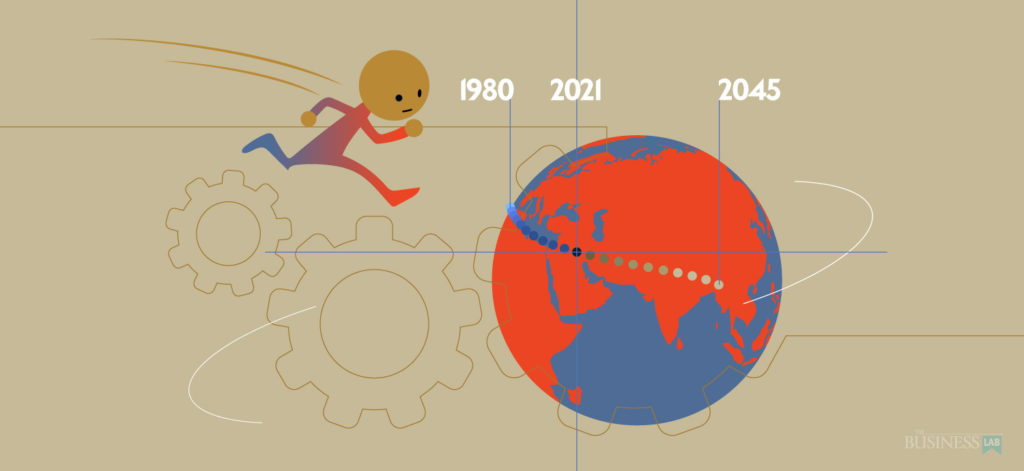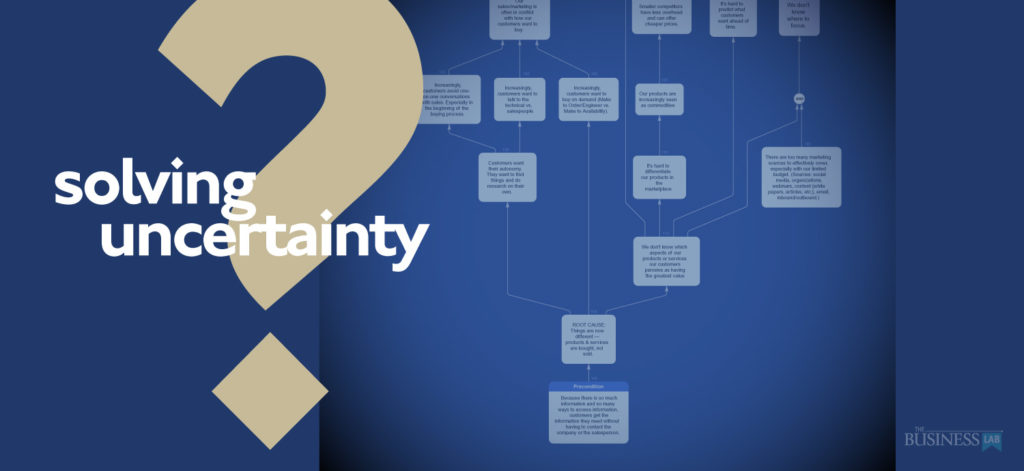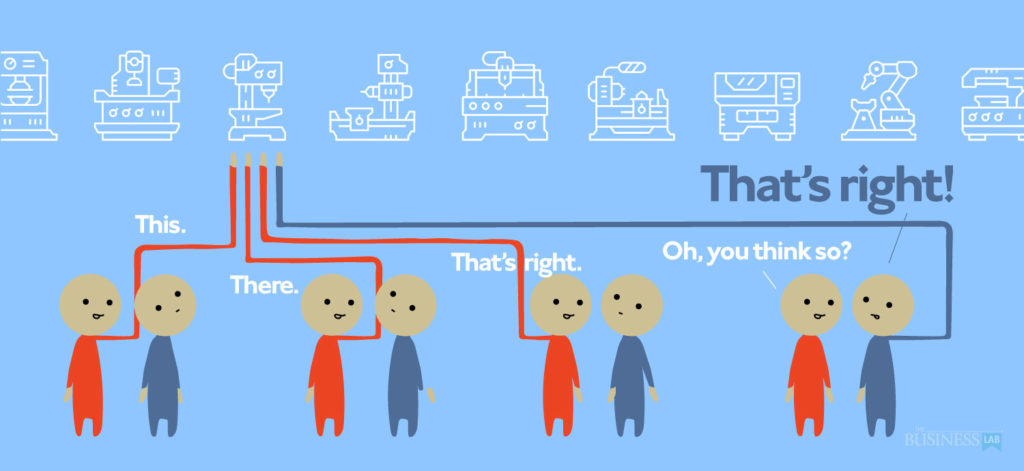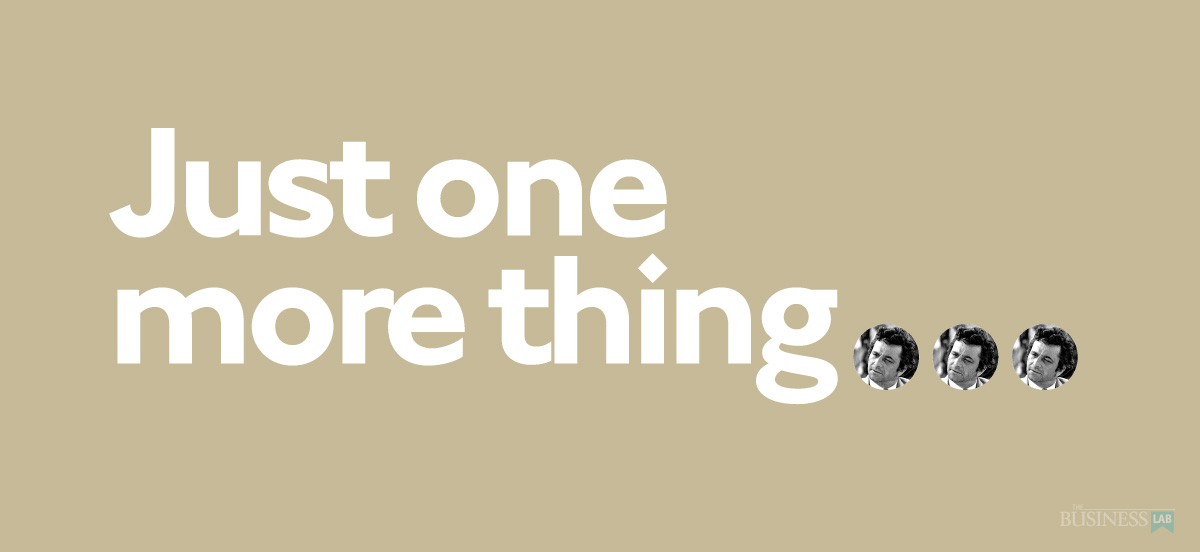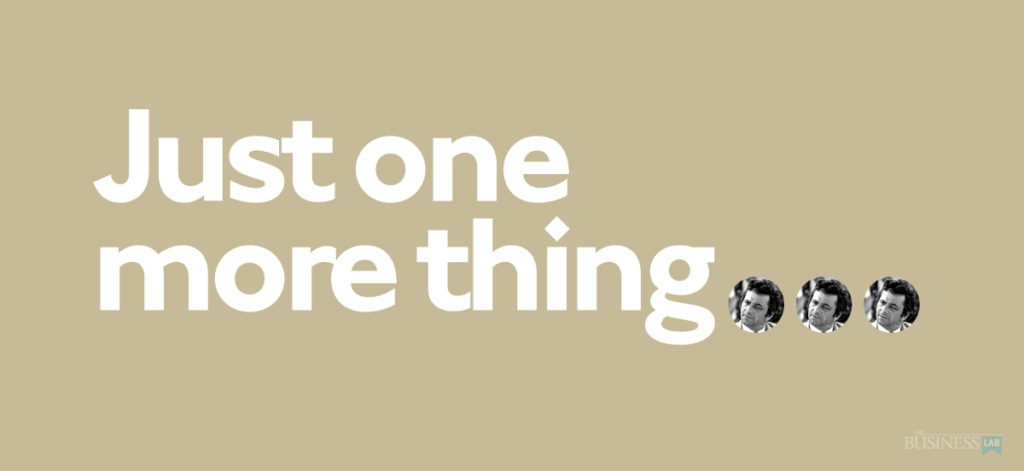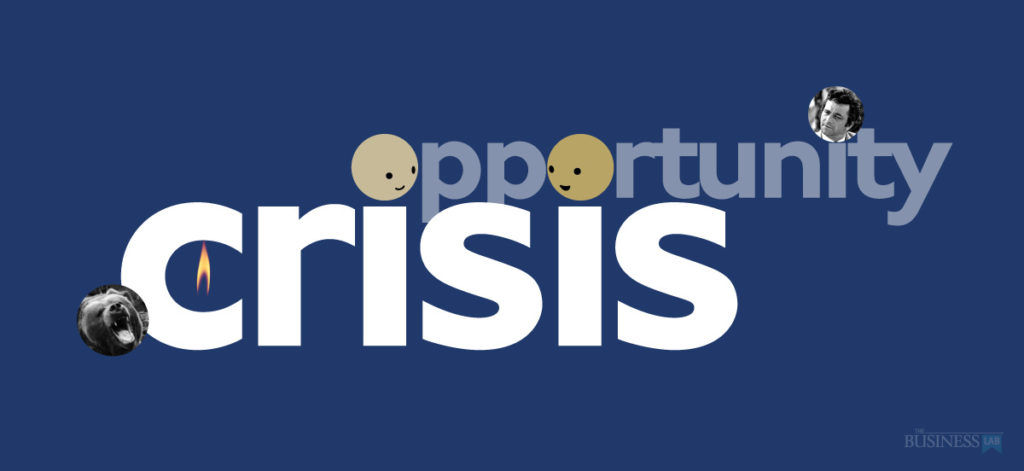
The Power of Empowering Your Clients
Somehow we’ve managed to get through 2020 and 2021 — two of the oddest and most challenging years ever.
2022 is now upon us, and there’s a level of uncertainty that’s here to stay.
For the most part, there are two main kinds of uncertainty.
The first is the “surprise” type—the kind of thing you absolutely didn’t see coming.
The second is what my mentor, Eli Schragenheim, calls common and expected uncertainty. This is the kind of uncertainty that you do have some expectations around.
He described it this way for me:
You are a coach. You are somewhere in the middle of the league. You have a game with a competitor who is slightly above you in the league. They are not number one, but they are higher than you.
You can expect to lose, or you can expect to win. But you have some idea that you will not lose or win in a big way. This is known and expected uncertainty. “I will not be surprised.”
Now, if you have a game with the worst team in the league and you lose big, “Hey! This should not have happened!” you say, “I did not expect this!” Surprise!
With common/known and expected uncertainty, you have to say to yourself, “We cannot predict any better than ____ (a range).” In business, a range (conservative to optimistic) expresses the common and expected uncertainty.
For most entrepreneurs or entrepreneurial-minded companies and their CEOs, uncertainty = leverage.
They use uncertainty to their advantage.
Educating clients is a perfect example of this kind of leverage.
It’s an excellent way to close that gap, that range between them becoming your ideal client, or them becoming your competitor’s ideal client. It’s a proven way to get more ideal clients on your side of that equation.
By continually educating clients on things that matter to them and relating those things back to solutions, clients acquire a real appreciation for you and your value.
The challenge, and thus the advantage, is that most companies don’t do this.
We’ve all seen our share of PowerPoint presentations (heck, we’ve even built some of them!) that go on and on about all the services a client company offers, but there is rarely any educating going on. It’s usually just a massive feature dump, and a 20-minute commercial called ME ME ME ME.
It could be that companies don’t like to educate their clients because the whole thought turns them off. Maybe they get transported back into their 8th class, where Ms. Picky-Pants is endlessly nagging them. Who knows? What we have figured out is that people, in general, do not like the words “educate” or “learn.” They’re show-stoppers. You include that word in your copy, and magically, your reader disappears. (Please don’t go!)
We played around with a few words.
At first, we liked “surprise.” After all, if you are imparting information that is news to another, it could be a surprise. But, it turns out that being surprised in business is really not that popular.
Then we thought about the word “empower.”
Merriam-Webster defines empower as having the knowledge, confidence, means, or ability to do things or make decisions for oneself.
What if our sole purpose as marketers was to empower our clients. What would that mean? What would that look like? Feel like? Sound like?

It will be different for every company but, there is one sure way to empower another and that’s to expand their world (in a relevant and meaningful way).
Here’s an example of what Empowering might look like…
Let’s take catering since we’ve all just come from a holiday that is typically filled with a lot of food. It could, however, be any company selling any product or service. All that’s needed is enough information about the things that are important to your buyers — you need the right buyer insights.
Our catering company has been around ten years or so. Yeah, 2020 and 2021 were brutal, but things are looking up. You have a new plan. You decide it’s time to start offering organic items on your menu.
You schedule appointments with your top clients to let them know. Here are two scenarios about how this catering company could approach its top clients.
Scenario A — The Typical Presentation
You meet with Mary, the executive administrative assistant, at BigConstruction Company. You bring her a sample of one of your new organic menu items. While she’s trying to figure out how to eat the bean sprout without it going up her nose, you start your presentation. You pull out the new menu and show her the new items; you ask about any upcoming events and remind her that you are already booking up for the next few months. You talk about the last event and chit-chat about upcoming plans for the weekend. You ask her if she likes the new item. You wrap up. She thanks you and says she’s glad to know about the new menu items. You say you’ll stay in touch.
Think they’ll consider you for their next catered event?
Maybe?
Scenario B — The Empowering Presentation
You call Mary, the executive administrative assistant at BigConstruction Company, and let her know you’ve got some very important information you’d like to share about the health of the company’s employees and that you’d like to meet with her and the head of HR. You promise you’ll only take up 30 minutes and that you’ll also bring some goodies. She’s intrigued about your approach, so she sets the meeting and says she’ll try to get the head of HR there too. You send over an email two days before the meeting with the agenda for the meeting. You reiterate the focus of the meeting — “10 Most Important Reasons Your Employees Are Not Feeling as Good as They Could and How This Affects Productivity.” Again, you promise only to take 30 minutes and thank her in advance for getting the HR Director to attend. You call the day before to confirm once again.
You arrive a few minutes early with goodies and a flip chart or presentation boards in hand. You don’t need a PowerPoint presentation because you know your “stuff” so well; all you need is you and the flip chart/boards (primarily for effect and attention). You thank Mary (and hopefully the HR Director) for coming. You start your presentation. (You wait until after the presentation to hand over the goodies. You want them focused on you for now.)
You start by sharing some interesting information:
“Did you know that there have been 70,000 new chemicals introduced into our lives since 1940? And no one really knows what the effects are of all of these chemicals. However, we do know that many of us are actually malnourished (no matter how much we eat) because of these chemicals and the way food is processed — it strips out all the nutrients and enzymes.
“In 1940, 100-grams of spinach contained about 158 mg of iron. In 1967 this fell to 27.7 mg, and today, it’s less than 2.2 mg.
“Your body requires over two million red blood cells every second. If it can’t get the red blood cells it needs from the food you eat, it will find other ways… it will break down the protein enzymes from the organs and muscles of your body to make red blood cells. This weakens your entire system.
“Now, of course, the best way to help your body is by giving it the proper nutrients. And, the best nutrients should come from the food we eat. The problem is, most of the food we eat has no nutrients. This is slowly taking its toll on our bodies and our productivity.”
Then you go on to discuss organic foods and how they contain the needed nutrients and can help restore health and productivity.
Once you’ve finished sharing the importance of healthy food, you talk about the ingredients you use in your organic line. You get as specific as you can about the nutrients each food type brings to the body. Then you give them the samples you brought with you. Finally, you ask questions like: “Is Big Construction Company looking for ways to improve the health and well-being of its employees? Is the company looking for ways to be more environmentally conscious? Are employees starting to talk more and more about the environment and their part in it?”
You then share your new organic menu that is more of a storybook than a menu. This book has all your new items and a story on each — where you get the ingredients: how the vegetables are grown and cared for naturally; how the chickens are allowed to live a happy, healthy life roaming free on a big open space; how the cows are allowed to live happy, dignified (no steroids) lives eating natural (no chemicals) grass; why your body will respond positively to these ingredients, etc.
Now, at the end of this presentation, do you think Mary and the head of HR will see you and your company differently? Will they go back and tell the stories about spinach and red blood cells to their friends and family? Have you expanded their view on food? Have you empowered them with knowledge they did not have before?
Yes. Yes, you have.
Think you might just get not only the event contract, but an ongoing gig where your catering company serves BigConstruction Company an organic lunch every month or so?
Most likely!

Is it a lot of work to put a presentation like this together?
Yes. Yes, it is. But, once you do the work, you’ll have the presentation, and you can begin to share it with all your clients. It’s also an excellent training tool for your team — from the receptionist to CFO. Chances are most will never give the presentation but, you’ll get their buy-in, and you’ll empower them.
In the end, it’s all a matter of how you want to be perceived. How you want your clients to think of you. And how much bang you get for your buck/time. The best thing would be to test it out. Line up ten presentations and do five the old way and five the new way. Monitor the results and see if this effort will be worth it for future presentations.
The worst thing would be to assume you already know the outcome without testing it. That’s like ignoring the common and expected uncertainty and then being surprised when competitors start jumping further and further ahead of you.
Thanks for reading this!
Your happy, dedicated, results-driven friends at The Business Lab.


